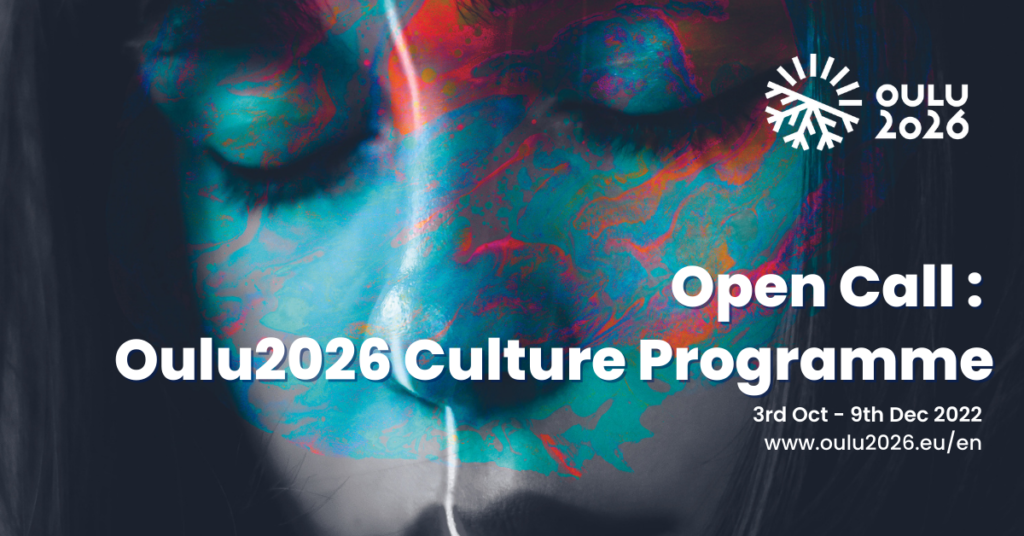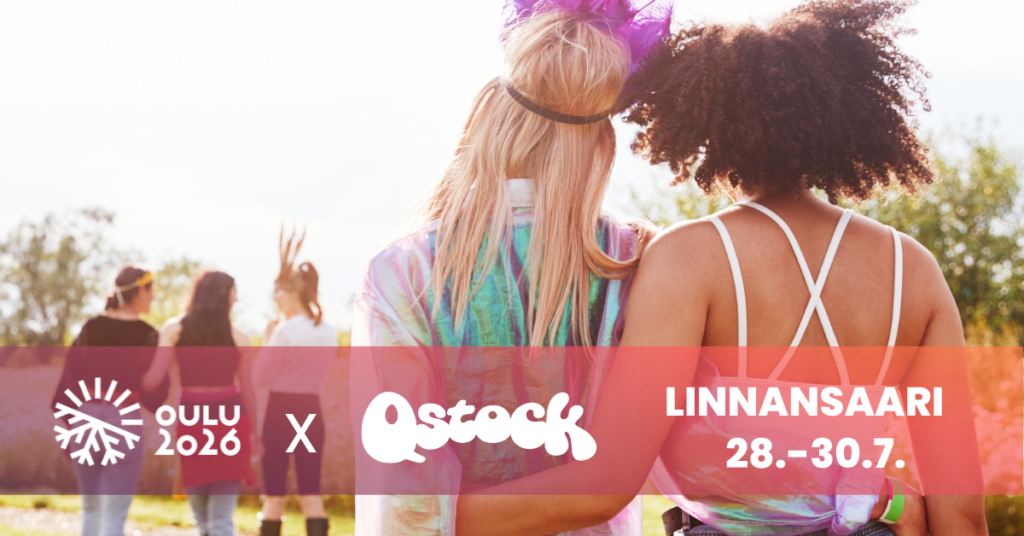Oulu powers up Lumo Light Festival to delight visitors with spectacular visual art despite energy crisis
In 2022, Lumo Light Festival brought light to Oulu for the tenth year.
There were 20 fascinating light installations on show in the city centre and Hupisaaret Park from November 18 to November 20, drawing an estimated one hundred thousand visitors.
Most people would probably agree that beautiful light art has the power to boost morale in the darkest time of the year in northern Finland.
But some have been wondering if it was a good idea to stage a light festival during a major energy crisis.
It may come as a surprise to many people that Lumo’s electricity costs were remarkably low.
“Last year we used 950 kWh of electricity over the three days of the festival which was a bit lower than the monthly consumption of a detached house that uses electricity as a source of heating,” says Jarkko Halunen, Head of Programme for Lumo.
“When people visit Lumo, they switch off the lights, the TV and other electrical appliances at home, thus saving energy.
“Therefore it’s possible that the city’s overall energy consumption was lower during the festival than it would have been without it,” Halunen argues.
At the time of writing this article, the exact figure for Lumo 2022’s electricity consumption was not yet available. But Halunen expected it to be roughly the same as it was in 2021.
“Come and Enjoy”
“Lumo is the brightest, lightest, happiest festival in Oulu,” says Anna Lanas, producer for Lumo Light Festival.
She says the organisers’ goal is simple: they want people to come and enjoy the installations.
“The mission will be the same in 2026 when Lumo will be a big part of Oulu2026’s cultural programme,” adds Halunen.
The organisers are understandably reluctant to reveal detailed plans but there’s already plenty of buzz about Lumo 2026.
“We’re working on some great plans. Lumo will be big and wonderful in 2026,” adds Lanas with a smile.
A feel-good festival that’s accessible to all
“The end of November is the hardest time of the year for many people. It’s dark and usually there’s not much snow yet. People are getting tired of spending too much time indoors and not having very much to do outside,” says Halunen.
One of Lumo’s artists couldn’t agree more.
“The end of November is so dark and dismal that the light and the spectacle of Lumo really enhances people’s lives,” says John Collingswood, a British artist based in Oulu who’s built an installation for seven Lumo festivals over the years.
“I think the best thing about Lumo is the sheer volume of people; the crowds who make an effort to come and see the installations,” Collingswood says.
According to Jarkko Halunen, the secret of Lumo’s popularity is its accessibility.
“Lumo is for everybody. It’s a free event: people can come and go as they wish and they can pick and choose to experience parts of the festival that they like. It’s accessible to people from different backgrounds, children and elderly people alike,” Halunen explains.
Anna Lanas points out that in 2022 Lumo was even more significant than in it was in earlier years.
“At a time when there’s crisis after crisis in the world, with covid19 and a war in Europe, Lumo is needed more than ever.
Light art is fascinating. It can give great joy and happiness to people at a time when happiness is really needed.”


 Oulu was recently elected the European Capital of Culture, which will give us the opportunity to enjoy its growing and enhanced cultural offerings. The European Capital of Culture programme can also be seen in the production of the largest music festival in Northern Finland, as Oulu2026 and Qstock will start a partnership that will expand even beyond the festival area and reach all the way to Linnansaari.
Oulu was recently elected the European Capital of Culture, which will give us the opportunity to enjoy its growing and enhanced cultural offerings. The European Capital of Culture programme can also be seen in the production of the largest music festival in Northern Finland, as Oulu2026 and Qstock will start a partnership that will expand even beyond the festival area and reach all the way to Linnansaari.